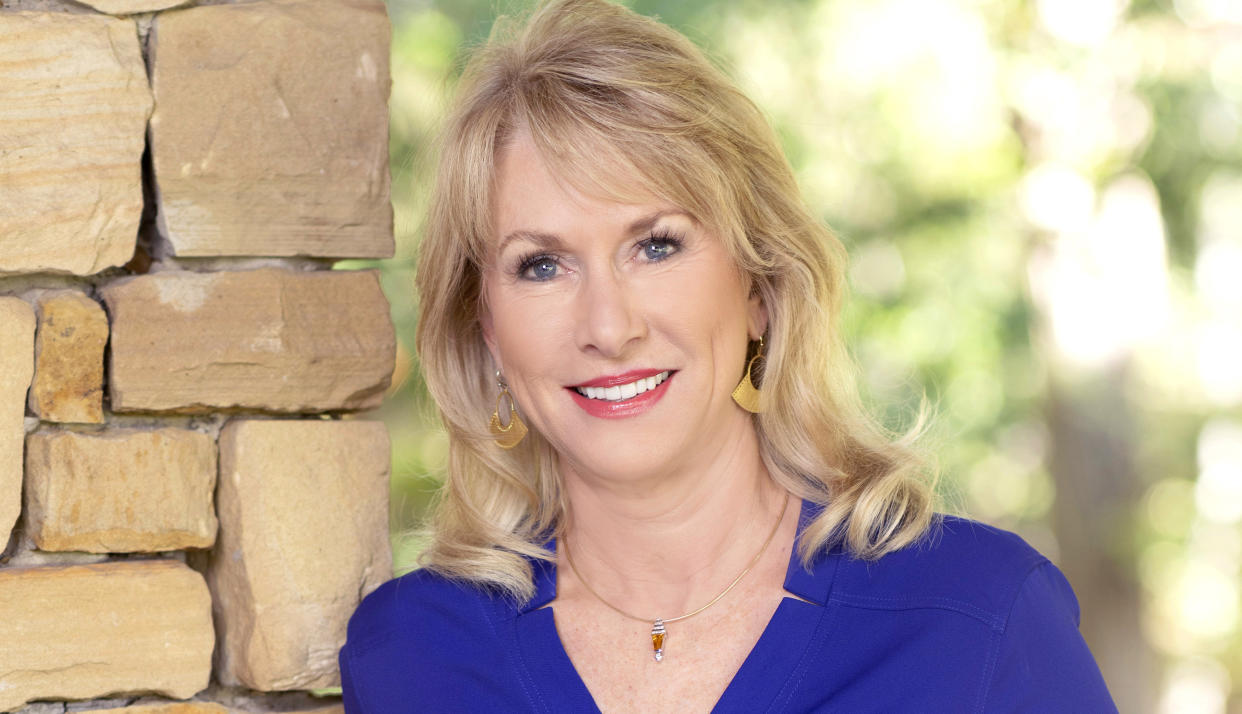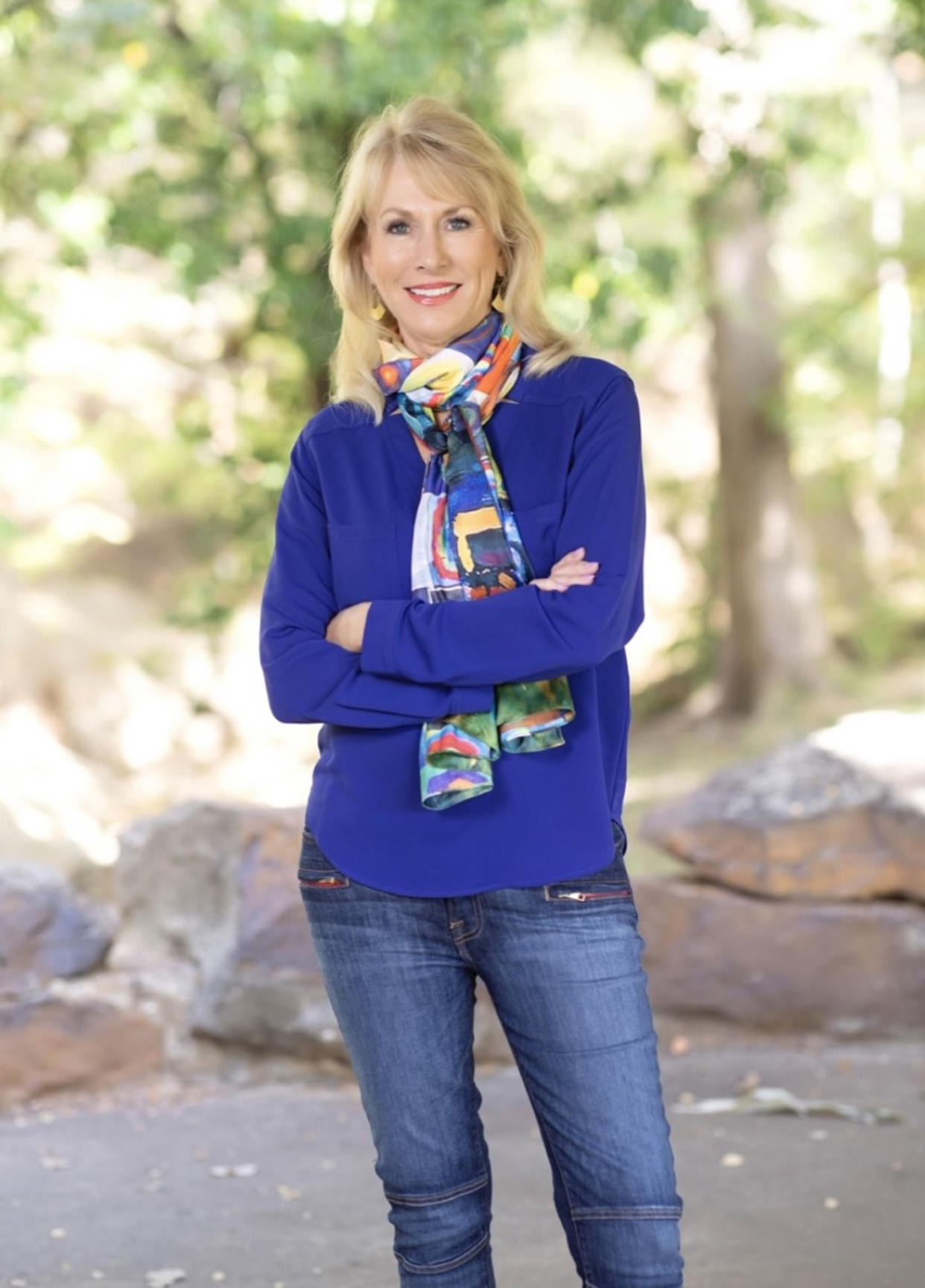Like all women who get a regular mammogram to screen for breast cancer, Dr. Robin Hall was relieved when her test results were normal in January 2021.
Her breast ultrasound was fine, too. Hall, a family physician, always gets that additional screening because she has very dense breast tissue, which shows up as white on a mammogram — the same color as a tumor would. So an ultrasound provides a better look at what’s inside.
With no signs of cancer on those two tests, Hall seemed set for the next year. But that summer, she started noticing her right breast was getting larger than her left.
“Most women are little asymmetrical anyway. But then one morning I woke up and it wasn’t subtle anymore and I said, ‘We’ve got a problem,’” Hall, 63, who lives in suburban Forth Worth, Texas, tells TODAY.com.
“Never would I have dreamt that a few months prior everything was fine and then it changed like that.”
The doctor knew breast swelling was a possible warning signal, so she got another mammogram and it was still normal.
But Hall could see the change, so she underwent another ultrasound and that’s when the radiologist finally found the tumor. The diagnosis: a very fast-growing breast cancer that was buried deep into Hall’s dense breast tissue.
Eight months after her normal mammogram and ultrasound, she underwent a double mastectomy in September 2021. Doctors advised the removal of both breasts because her tissue was so dense and because she was at increased risk for getting cancer in the other breast. The tumor itself turned out to be 1.5 inches across.
“I feel extremely fortunate that we caught it when we did, especially as fast as it was growing and how big it had already gotten in that short period of time,” Hall says.
Look for breast changes
She urges women to look at themselves in the mirror once a month to look for any breast changes.
“That’s super important… You don’t necessarily have to feel a mass, but if you see that one breast is getting larger than the other and it wasn’t always that way; or if you see the skin puckering or dimpling; or if one nipple is pulling inward and the other one isn’t — anything that’s different about one than the other, even if you just had a normal mammogram two or three months ago, you still need to get it checked out,” Hall says.
“Also, ask for an ultrasound, especially if you have dense breast tissue.”
About half of women 40 or older have dense breasts, according to the Centers for Disease Control and Prevention. Former TODAY host Katie Couric is one of them and she would routinely get a breast ultrasound for that reason, she revealed this year when she announced she had breast cancer.
If your insurance doesn’t cover a breast ultrasound, ask the radiology center for the cash pay price, Hall advises. It’s often not that expensive.
Journey from doctor to patient
Hall has been vigilant about screening for breast cancer for 25 years — ever since she was 38 and felt a mass in her other breast. When she insisted it be removed, the lump turned out to be atypical hyperplasia, the step right before cancer.
It meant her risk of breast cancer was about four to five times higher than that of a woman with no breast abnormalities, according to the American Cancer Society.
Hall has no family history of breast cancer and she’s concerned others like her are lulled into a false sense of security.
“I can’t tell you how many women in my practice over the years — and I’ve taken care of tens of thousands of patients in that period of time — say, ‘I’m not worried, we don’t have a family history.’ But what people don’t know is 85% of breast cancer is sporadic, meaning you don’t have a family history,” she notes.
“The two biggest risk factors for breast cancer are: No. 1, being a female and No. 2, aging. So as we get older, all women are at an increased risk.”
As a doctor hearing her own diagnosis, Hall recalls going into “let’s-get-it-taken-care-of” mode. Doctors aren’t always the best patients and it was strange to go from being a physician ordering treatment to being the person receiving it, she says.
As a patient, Hall was sometimes frustrated by the lack of communication and kindness in health care. She recalls recovering in the hospital after her mastectomy when a nurse insisted she get up and walk to prevent blood clots from developing. Hall was nauseated from her pain medicines and said she couldn’t do it.
But the nurse “had the order to get me up and walk and she just wanted to get that task done,” Hall says, noting she ended up sitting down on the floor to avoid passing out. “I think sometimes when people are taking care of other people for a long time, they get a little burned out and forget there’s a person there… rule No. 1: You’ve got to listen to the patient.”
Today, more than one year after the surgery and breast reconstruction, Hall says she is doing well. She didn’t have to undergo chemotherapy or radiation. But there was a health setback last Christmas — she got COVID-19, which left her with brain fog. It all made for a tough year of recovery from surgeries, general anesthesia and the coronavirus.
Now, she feels more like herself again. The doctor is working part time at the concierge practice she founded, which allows her to travel and write a book.
“If I had not been in the know and just done a regular mammogram and then just trusted that, I would not be in a situation I am right now,” she says.
This article was originally published on TODAY.com
Source: Read Full Article

